Aswan Top Ten Tourist Attractions, Explore the Millennium Civilization on the Nile!
- Egypt Tourism
- 2025-03-21 13:25
- 254
Aswan, a city in southern Egypt, is the capital of Aswan Province. It is located on the east bank of the Nile River and has a population of about 200000. It is a famous ancient city, tourist attraction and trade center. In ancient Egypt, Aswan was considered the birthplace of the Egyptian nation, and its name is said to be derived from the ancient Egyptian word for "trade", reflecting its historical status as a trading town. Next, I will give you a summary of the top ten tourist attractions in Aswan to explore the millennium civilization on the Nile!
1. Abu Simbel Temple
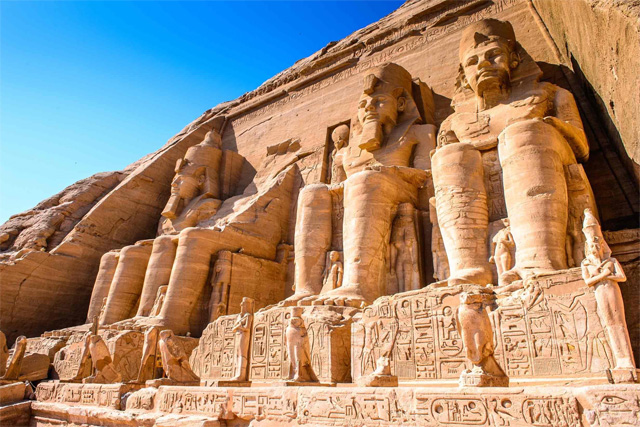
The Abu Simbel Temple is located 290 kilometers south of Aswan, Egypt. It was built in 1300-1233 BC. It is said that its name comes from the name of the guide who first took Westerners to the scene. It is located on the west bank of Lake Nasser and consists of a carved archway gate, a giant cliff statue of Ramses II, a front and rear pillar hall and a shrine. Abu Simbel, along with many of its ruins downstream to Philae Island, is designated as a Nubian site by UNESCO as a World Heritage Site.
2. Temple of Philae
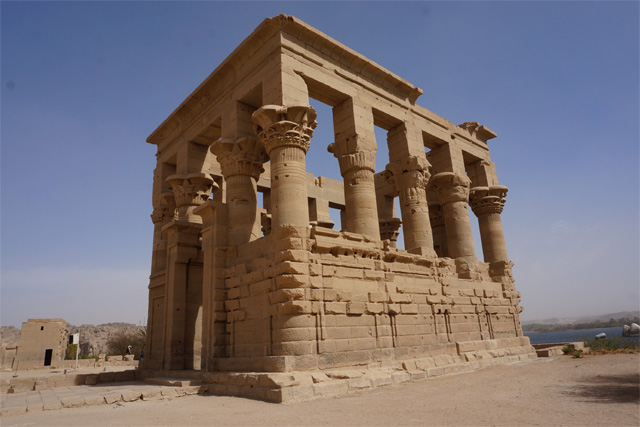
The Temple of Philae is located on a Nile island in the province of Aswan in southern Egypt. It is part of the Nubian site from Abu Simbel to Philae, a world cultural heritage. It is famous for its exquisite stone carvings and vivid stone wall reliefs, as if telling the mythology of ancient Egypt. As one of the three best surviving Ptolemaic temples of ancient Egypt, the Temple of Philae was built for Isis, the goddess of fertility and reproduction in ancient Egyptian mythology.
3. Unfinished Obelisk
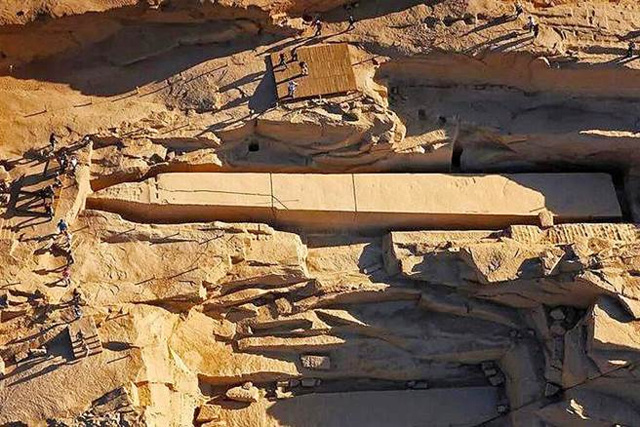
This unfinished obelisk is located in Shea Haora, north of the ancient Egyptian quarry in Aswan. It is the largest known ancient obelisk. It was built by Hatshepsut, the fifth pharaoh of the 18th Dynasty of Egypt. The reason why it is called "unfinished obelisk" is that in ancient Egyptian religion, the obelisk cannot have any cracks and defects, and the craftsmen found cracks in the body of the obelisk when cutting it, and finally had to give it up.
4. Nubian Museum
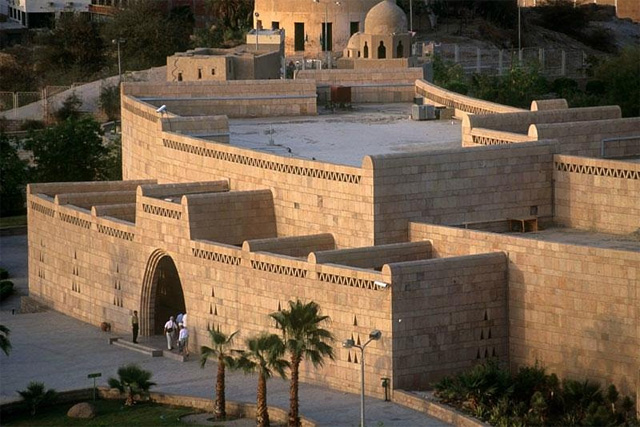
The Nubian Museum, located in the north of Aswan, has been showing the charm of Nubian civilization since its opening in 1997. The museum covers an area of 50000 square meters and houses a large collection of precious cultural relics collected in the Nubian region in the first half of the 20th century. The Nubian Museum has three floors for display and storage of objects, in addition to a library and information center. Most of the museum's space is occupied by monumental artifacts, reflecting the various stages of the development of Nubian culture and civilization.
5. Aswan Dam
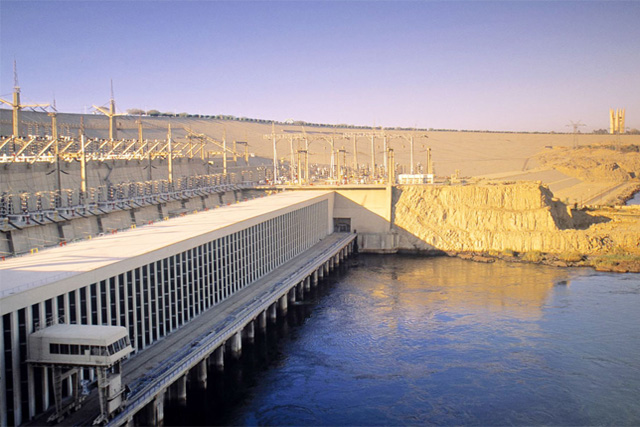
The Aswan Dam is located on the main stream of the Nile in Egypt, near the city of Aswan, about 800 kilometers south of the Egyptian capital Cairo. It is a large-scale comprehensive water conservancy project with irrigation, power generation, flood control, shipping, and tourism., Aquatic products and other benefits. Construction of the Aswan Dam began in 1960 and was completed in 1970, making it the 11th largest dam in the world.
6. Erefine Island
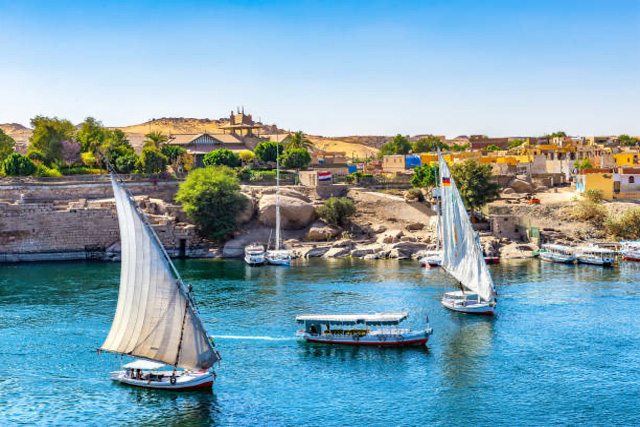
Erefinetine Island is located on the west bank of the Nile River in Aswan and is considered to be one of the largest islands in the Nile. The southern tip of the island is the site of ancient Abu, whose name means both "elephant" and "ivory" in ancient Egyptian, reminiscent of the important role the island once played in the ivory trade. The Nubian villages of Xiu and Coty on the island stand in stark contrast to the hustle and bustle of the city on the other side of the sea.
7. St. Simon's Monastery
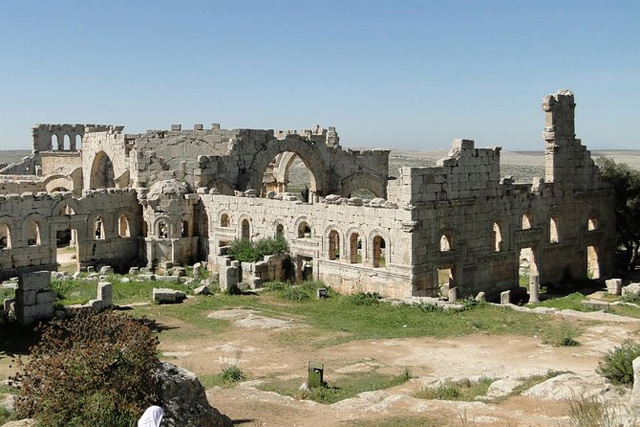
Located between the dunes on the west bank of the Nile River, the Monastery of San Simeon is one of the most famous and well-preserved Coptic monasteries in Egypt. It was built in the 7th century AD and was discontinued in the 13th century AD due to lack of water resources. St. Simon's Monastery is part of the UNESCO World Heritage Site "Monuments of Nubia.
8. Aga Khan Mausoleum
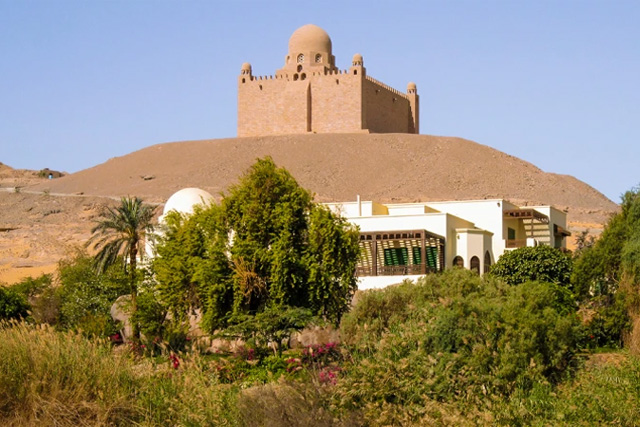
The Aga Khan Mausoleum is a resting place for Sultan Mohammed Shah and is located on the west bank of the Nile River in Aswan. Built of pink limestone, the mausoleum is one of the grandest buildings on the west bank of the Nile, with the solid style of the Fatimid mausoleums of the time. The Aga Khan Mausoleum was not only the place of residence of Aga Khan during his lifetime, but after his death, his body was buried on top of the domed mausoleum of the villa.
9. Nubian Village
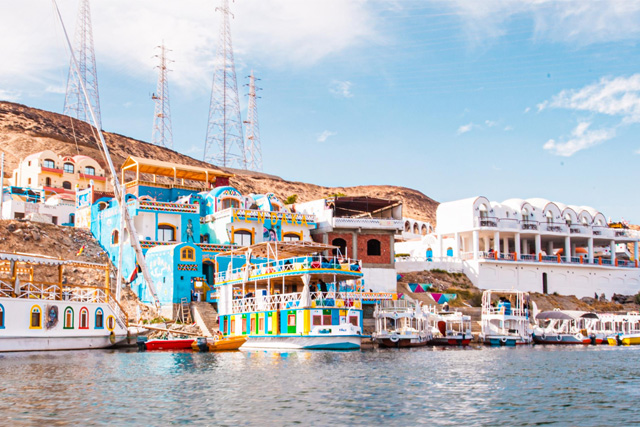
On the west bank of the Nile River, deep in southern Egypt, near the city of Aswan, is the most colorful and feel-good village in the entire country-Nubian Village, which is painted in all the colors of the rainbow. Nubian village is a picturesque place that embodies the essence of Nubian culture and is home to a group of Nubians.
10. Kang Onpo Temple
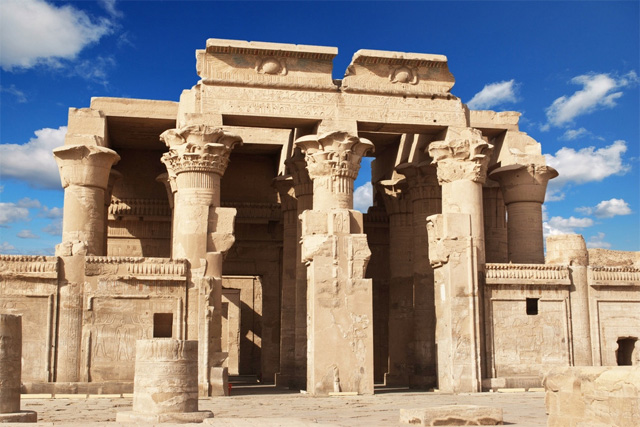
The temple of kangonpo is located in the town of kangonpo in Aswan Province, Egypt. Its history can be traced back to 1300 BC to 1233 BC. It was built in the Ptolemy Dynasty and has a history of more than 3300 years. This temple is a double temple dedicated to the crocodile god Sobek and the eagle god Horus. It is the only temple in Egypt dedicated to these two important gods at the same time. It is also a world cultural heritage recognized by the United Nations.
This article is edited and published by Journey Mark. If you have any questions, please feel free to contact us at any time.
Article Link:https://www.topvvv.com/en/Egypt/60.html
